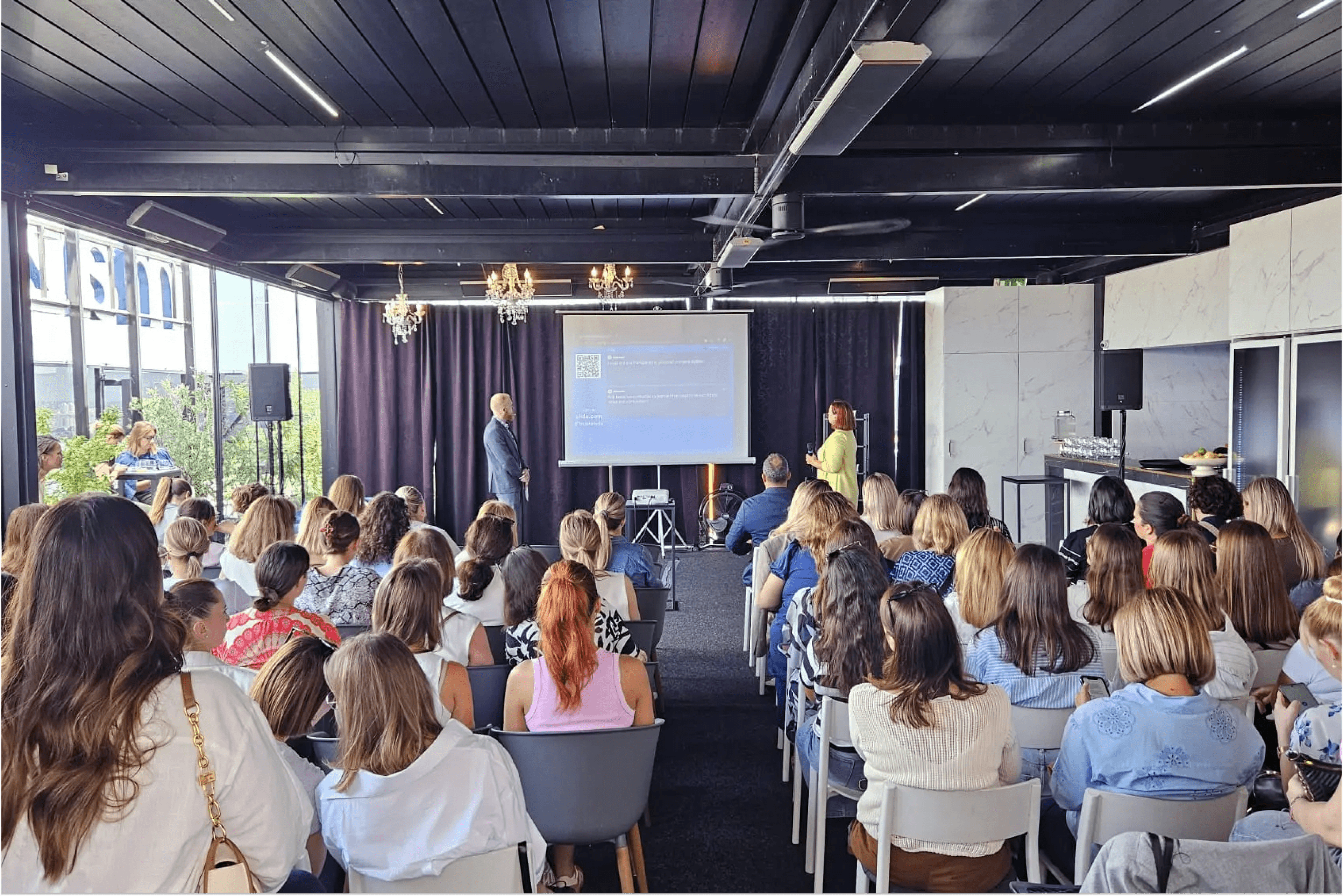Bosnia and Herzegovina’s Economic Landscape: Key Insights and Trends
Bosnia and Herzegovina (BiH) faces many economic challenges but also opportunities for growth. An analysis of key economic indicators for 2024 provides insight into the current labor market situation and the overall economic performance of the country. According to a recent labor market analysis by the portal MojPosao.ba, the results reveal that a total of 12,094 job advertisements were published last year, through which 26,738 job positions were advertised. Compared to the previous year, there is a 13% decrease in the number of advertisements.
Population
According to estimates from mid-2024, BiH has a total population of 2,144,748. Demographic data are essential for planning economic policies, labor markets, health, and education systems, as well as infrastructure projects.
Gross Domestic Product (GDP)
The Agency for Statistics of BiH published the gross domestic product (GDP) calculation results for the first quarter of 2024. The gross domestic product according to the expenditure approach in the first quarter of 2024, compared to the same quarter of the previous year, recorded a growth of 2.7%. According to forecasts from the IMF World Economic Outlook (April 2024), the nominal GDP of Bosnia and Herzegovina in 2024 is estimated at around 29 billion dollars at current prices. Based on purchasing power parity (PPP), the GDP of Bosnia and Herzegovina in 2024 is estimated at 71 billion international dollars.
Most sought-after job categories in 2023 and review of the first half of 2024
The number of job ads declined due to a reduced number of employers (-7%). The most significant decline in these ads was recorded in commerce sales, while interest in these jobs increased (+36% applications). The IT sector saw a decline and is not among the ten most advertised. An increase in demand was observed in transport, warehousing, logistics, production, and in economics, finance, and accounting.
Employers published the most job ads in the following categories:
- Commerce – Sales: 35.42%
- Transport - Warehousing and Logistics: 10.06%
- Hospitality and Tourism: 6.53%
- Electrotechnics – Mechanical Engineering: 6.29%
- Production: 6.04%
- Economics, Finance, and Accounting: 5.39%
- Craft Services: 4.27%
- Administrative and Similar Services: 2.98%
- Education: 2.60%
- Telecommunications: 2.45%
Significant changes in labor market trends compared to the previous year were observed. The categories Education and Telecommunications appeared in the top ten for the first time, indicating a shift in market dynamics. Additionally, the sector of transport, warehousing, and logistics recorded an increase in advertisements of nearly 3%, while the share of advertisements in the commerce-sales category decreased by 6.23%. In the first quarter of 2024, trends from 2023 mainly continue, but there is increased interest in financial professionals, including accountants and bookkeepers. There was also an increase in the number of advertisements in the construction and healthcare sectors.
Unemployment rate in BiH 2024
The unemployment rate in Bosnia and Herzegovina was 13.4% in the first quarter of 2024, according to the Labor Force Survey (LFS). Out of 1.393 million labor force, 1.205 million (86.6%) are employed, while 187,000 (13.4%) are unemployed. Compared to the previous quarter, the number of employed decreased by 1.3%, while the number of unemployed increased by 5.9%. The number of people outside the labor force increased by 0.2% to 1.483 million. The activity rate was 48.4%, the employment rate was 41.9%, and the inactivity rate was 51.6%. Most of the labor force (66.4%) is aged 25 to 49. Of the total number of unemployed, 68.3% belong to the same age group.
Employment and unemployment in June
In June 2024, the number of employed in BiH was 854,865, with no changes compared to May. The unemployment rate decreased to 27.6%, a drop of 0.1 percentage points compared to April. In July, the number of employed and women decreased, but the craft sector shows growth. Wage increases can improve living standards, while a high import rate indicates the need to strengthen domestic production. A strong GDP is positive, but demographic challenges require careful strategy for sustainable development.
Average gross and net salary in July in BiH
According to data published by the Agency for Statistics of BiH in July 2024, the average monthly net salary in BiH was 710€. This represents a nominal growth of 1.5% compared to June 2024, while the real growth was also 1.5%, showing a slight improvement in living standards compared to the previous month. Compared to July 2023, the salary in July 2024 is nominally higher by 10.6%. The real index for the same period increased by 8.6%, indicating a significant real wage growth, considering inflation. These data suggest that wages are growing both nominally and in real terms, which may indicate an improvement in the economic situation and living standards of employees in BiH.
Therefore, it can be said that the economy of Bosnia and Herzegovina in 2024 faces challenges such as a high unemployment rate, but also shows positive trends with GDP growth and significant increases in average wages. Despite the decline in the number of job advertisements, certain sectors such as transport, logistics, finance, and accounting are experiencing an increase in demand, indicating changes in labor market dynamics.

Why Training Alone Won’t Keep Employees from Leaving

Transparency, Data, and People: What We Learned at the HR Time Gathering in Zagreb

News for the User Experience Community: UX Research Academy for Everyone – Completely Free













